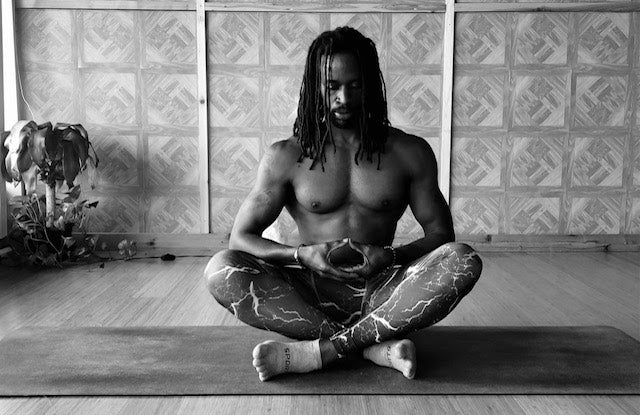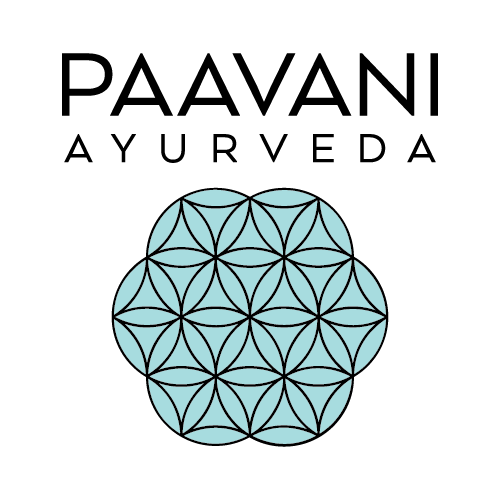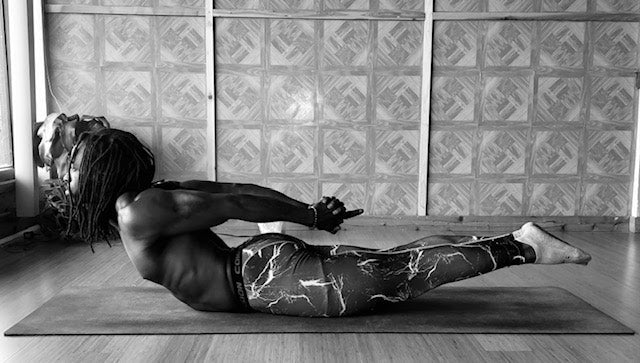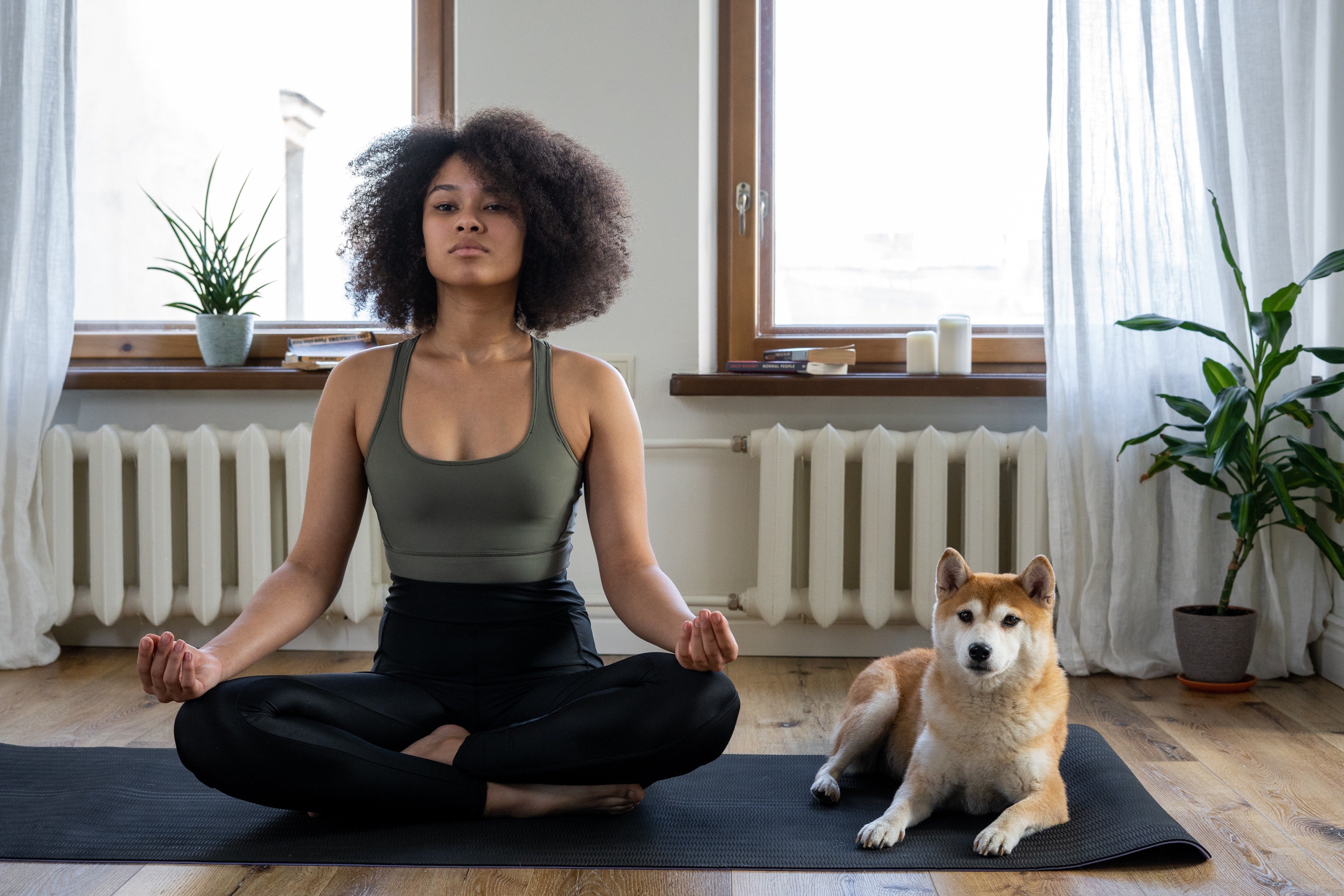
Sukhasana: An Ayurvedic Guide to Easy Pose

Sukhasana, or Easy Pose, is a simple seated posture which is commonly used during seated meditation. This posture calms, grounds, opens the hips, lengthens the spine and brings the body into proper alignment. Let’s see how this posture benefits the 3 doshas:
Vata- Since this is a seated posture, the buttocks and muladhara chakra (root center) are in contact with the earth. This makes Sukhasana a fantastic pose to ground and support vata dosha. Likewise, sukhasana can help restore apana vayu which is the subdosha of vata in charge of regulating the downward flow of energy within our bodies. Finally, we love Easy Pose for vata dosha because of its centering energy.
Pitta- Easy Pose is a simple pose and, for many, well...it’s easy and easy is sometimes just what pitta types need. Since pitta predominant people are hyper-focused and driven, a lot of times, they can be hard on themselves. In their yoga practices, they may think that something like ‘Easy Pose’ is a waste of time or doesn’t count as a yoga pose because it isn’t physically taxing on the body compared to some of the other asanas. Yet, this is the lesson for pitta dosha. To slow down, center, relax, feel and just be. Sukhasana can be potent medicine for pitta types because of its graceful simplicity.
Kapha- Although not the ideal posture to uplift the dense and moist energy of kapha dosha, we love this pose for kapha types because of the space it offers. While in Sukhasana, we encourage kapha types to focus on the upward flowing energy beginning from their root center, traveling up the spine and flowing up and out through the crown of the head. Focus on the intention of your practice while in Sukhasana. Use this posture as space to keep you motivated to return to your mat.
How to Do Sukhasana:
- Sit on one or two folded blankets, with your legs straight out in front of you.
- Draw your right leg in and then your left leg to come into a cross legged position.
- If your hips are tight or if you have any knee pain, roll a couple of blankets and place them underneath your hips and/or knees to support you. Also, you can try sitting on one or two more blankets to further elevate your seat.
- Allow your hands to fall into whatever position feels naturally right.
- Feel the connection between your feet, legs, sit bones and the floor.
- As you inhale, lengthen the spine up nice and tall.
- Draw the shoulders gently down the back and feel your heart expand.
- Bring the crown of your head in line with your hips and bring your chin parallel to the floor.
- If you have not already, close the eyes and allow yourself to draw inward, into the present moment.
- To come out, simply take 3-5 easeful breaths and open the eyes.
Precautions:
- It is best to learn any yoga posture, including Sukhasana, under the supervision of a lYoga teacher. This way, the teacher can help correct alignment which will decrease the chances of you developing faulty or harmful habits in your Yoga practice.
- Please consult a physician before you begin any exercise practice, including Yoga.
Contraindications for Sukhasana:
- recent knee replacement surgery
- severe back pain
- severe arthritis in the knees
- sciatica





Leave a comment
This site is protected by hCaptcha and the hCaptcha Privacy Policy and Terms of Service apply.